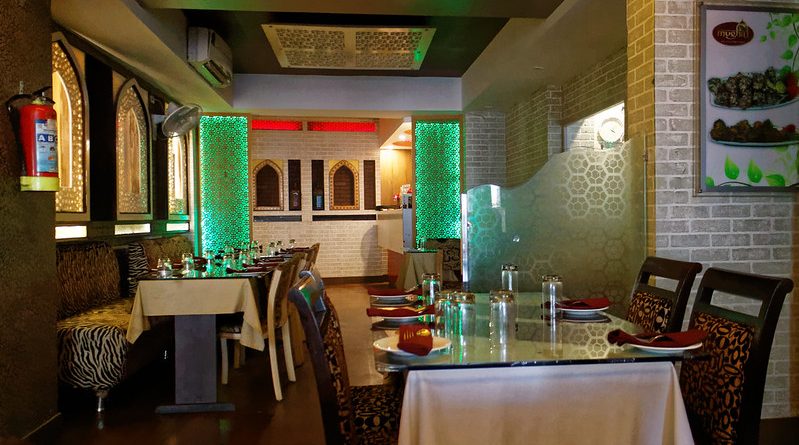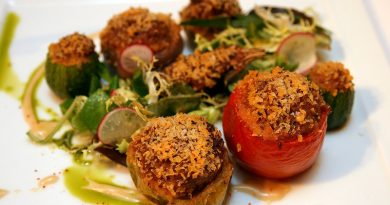The Mughlai Cuisine
The Persian Cuisine had been introduced to India already in the 12th century, even though the Mughal Empire started only with Zahir-ud-din Muhammed Babur in 1526. A couple of historic events are particularly important to understand the evolution of the Mughlai Cuisine: the first was the introduction of the underground Tandoor to make naan bread by the Turks and Afghans during the Delhi Sultanate. Other dishes they introduced were keema, kebab, dahi yoghurt and paneer. The second major event was the Akbar period, in which special rice and grain, grain and meat, and meat dishes are created, such as khichri, haleem, and murgh musallam. After 1498, the Portuguese introduced new agricultural products, which influenced existing dishes and recipes, including maize, potatoes, tomatoes, papayas, pineapples, cashews and chili peppers. Centuries later, after India’s independence in 1947, the Lahore and Peshawar cuisine would be merged into the existing Delhi cuisine and add yet another layer to the Mughal Delhi kitchen.
Delhi’s first Mughal Babur was a devoted foodie. He had a preference for simple meat dishes similar to those prepared by nomadic tribes as the Afridi and liked to combine them with lots of fresh vegetables and even fruits. Another one of the great Mughal Emperors, Humayun, initiated an exchange of food cultures between Persia and India, which would have long lasting repercussions for the Indian cuisine. He sought help of the Shah of Iran after his throne in Delhi was annexed by the Afghan Sher Shah Suri in 1539 and spent considerable time there. Humayun became a lover of Persian food and also ended up marrying a Persian princess, whereas the Shah discovered his love for Indian dishes such as kitchari, as Humayun had gifted him with his Indian cooks. Upon his return to Delhi after Shah Suri’s death, many Persian artists, artisans, and cooks followed him and Mughal courts became infused with Persian dishes such as spit-roasted chicken with herbs, various forms of kofta, Tandoor cooked lamb, and the Indian kitchari biryani was fused with Persian Pilau.
Akbar the Great (reign from 1556-1605) followed Humayun, and although he absorbed many of Humayun’s favourite dishes into his Mughal court, one of his favourite was biryani, halwa and chapattis. According to historic books, his appetite must have been insatiable, or at least it was said he ate too much to keep track of. And then came Shah Jahan (reign 1627-58), the most famous of them all, the greatest leader and builder of the entire Mughal period. A man of careful consideration, he was something of an early PR genius, carefully censoring all that was written about him in order to preserve an unblemished name for the history books. Like other Mughal Emperors before him, he spent many hours at the dinner table, lavishing on big banquets even when there were as few as three guests at the table with him. According to their status and importance to Shah Jahan, guests were presented with 50 or more dishes, and plenty of meat cut into small pieces and stewed with onion and herbs was served.
Emperor Aurangzeb (reign 1658-1707) had little desire for the over the top celebrations and lavish feasts that his father and grandfather had engaged in. Yet his passion for food was not smaller than those of his forefathers and he has come to be known to be a devotee of biriyani dishes, with his favourite being the Kitchari-i-biryani. Biriyani reached as far as Hyderabad in South India in 1630 when Shah Jahan occupied the ‘City of Pearls’ and installed a Mughal governor there.




